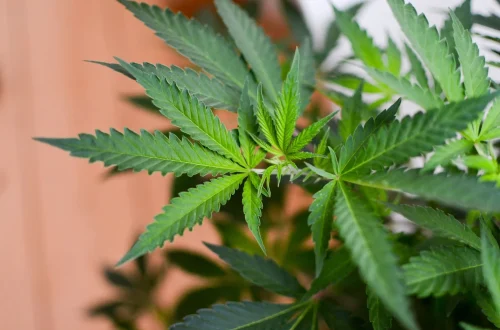Drug Policy Question of the Week – 2-15-12
As answered by Mary Jane Borden, Editor of Drug War Facts for the Drug Truth Network on 2-15-12. http://www.drugtruth.net/cms/node/3752
Question of the Week: Why have the counts of drug prisoners changed?
Government reports are notoriously foggy when it comes to those incarcerated for “drugs.” Divining these elusive numbers requires a spreadsheet and a detailed search of the Bureau of Justice Statistics for numbers buried in some years, but missing from others. Some numbers must simply be computed.
This is the case with probation and parole, for which two different values are reported. For example, Appendix Table 15 of the “Probation and Parole in the United States 2009” report displays percentages for “Characteristics of adults on parole,” including those for “Drug” as the “Most Serious Offense.” This table indicates that 36% of parolees had “Drugs” as their most serious offense in 2009. Multiplying the 819,000 total 2009 parolees times this 36% produces a count of 295,000 of parolees with “Drug” offenses. However, the numeric counts of “drug” parolees reported in the report’s Appendix Table 20 produce a lesser percentage of parolees with drug offenses – 32%. The same problem can be found in the probation numbers.
Further, reports going back to 1990 contain these kinds of percentages, enabling better trending.
Thus, the new Drug War Facts table that displays the number persons under the control of the U.S. corrections system has been updated with numbers derived from the percentage of total calculations.
Here’s the bottom line. Over 1.7 million probationers, parolees and state and federal prisoners were under the control of the U.S. corrections in 2009 with “drugs” as their most serious offense. This represents over one quarter of the estimated 7.3 million individuals on probation, parole or in prison that year.
These facts and others like them in the Prisons & Drug Offenders Chapter of Drug War Facts at www.drugwarfacts.org.



